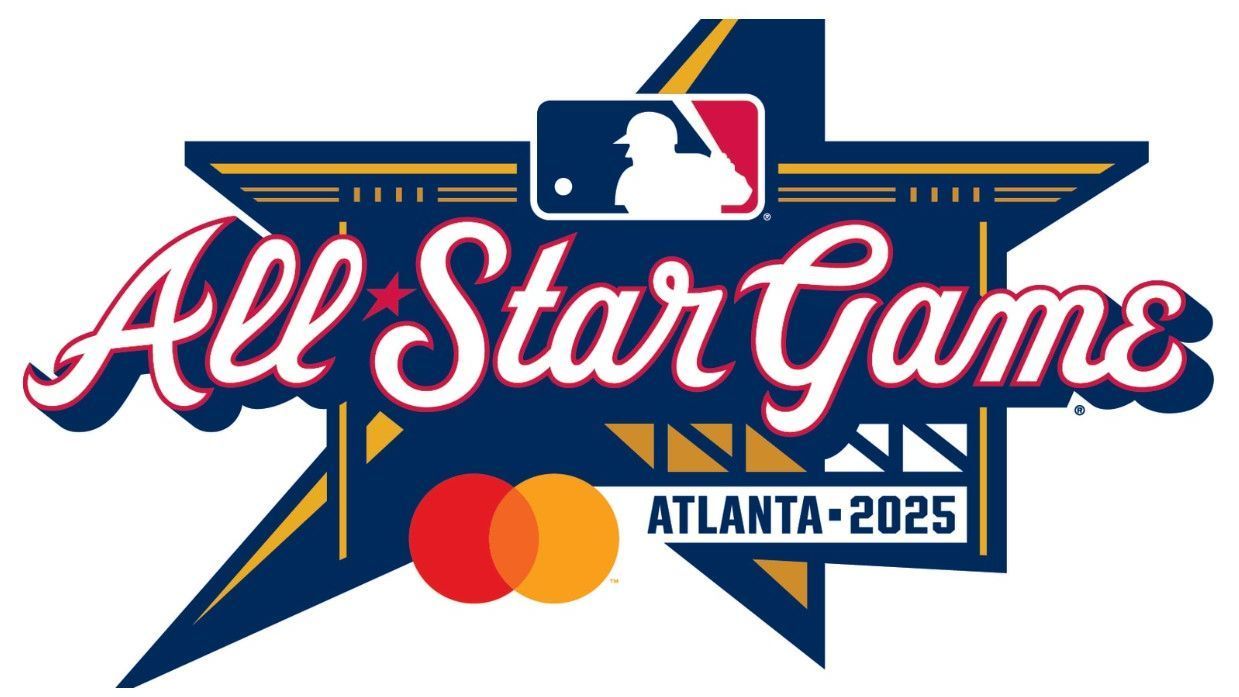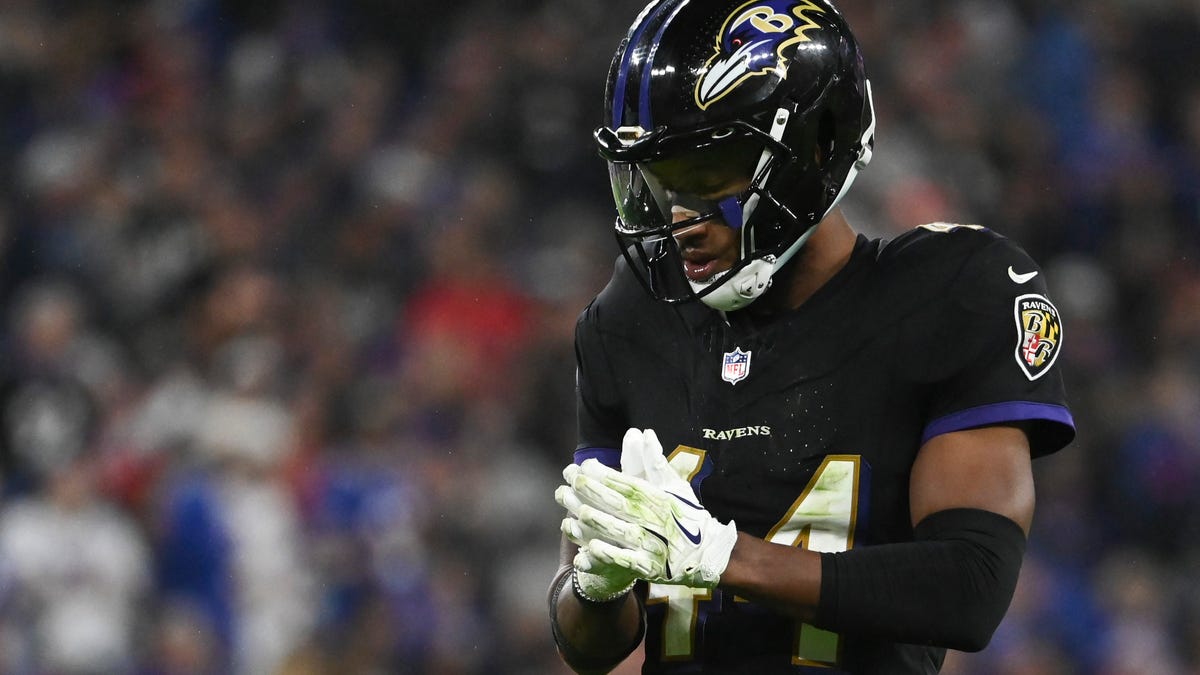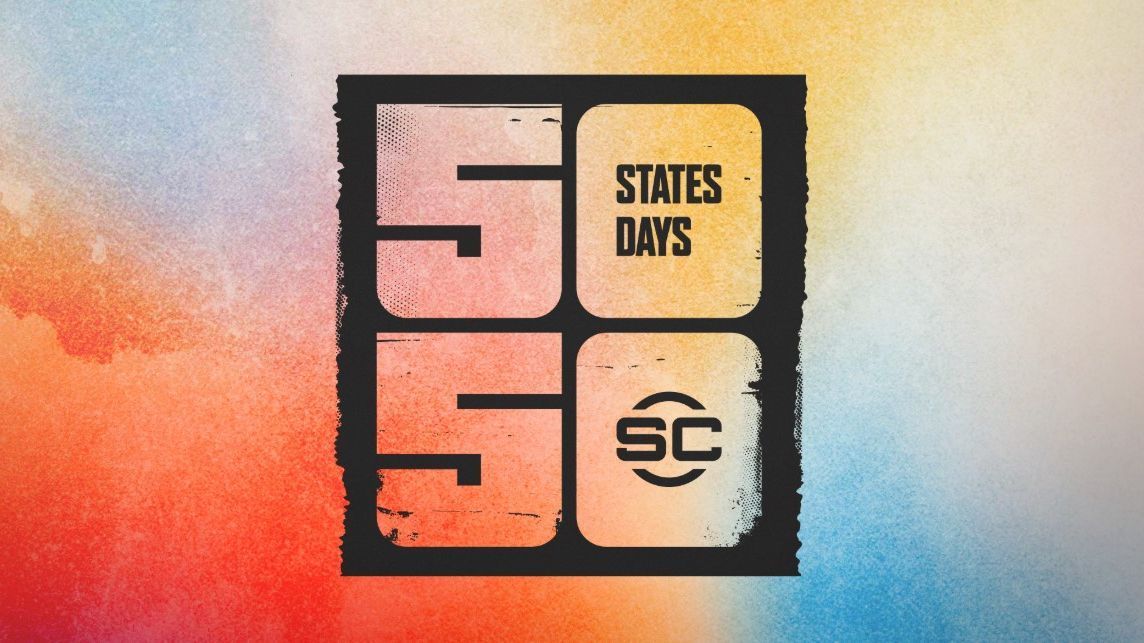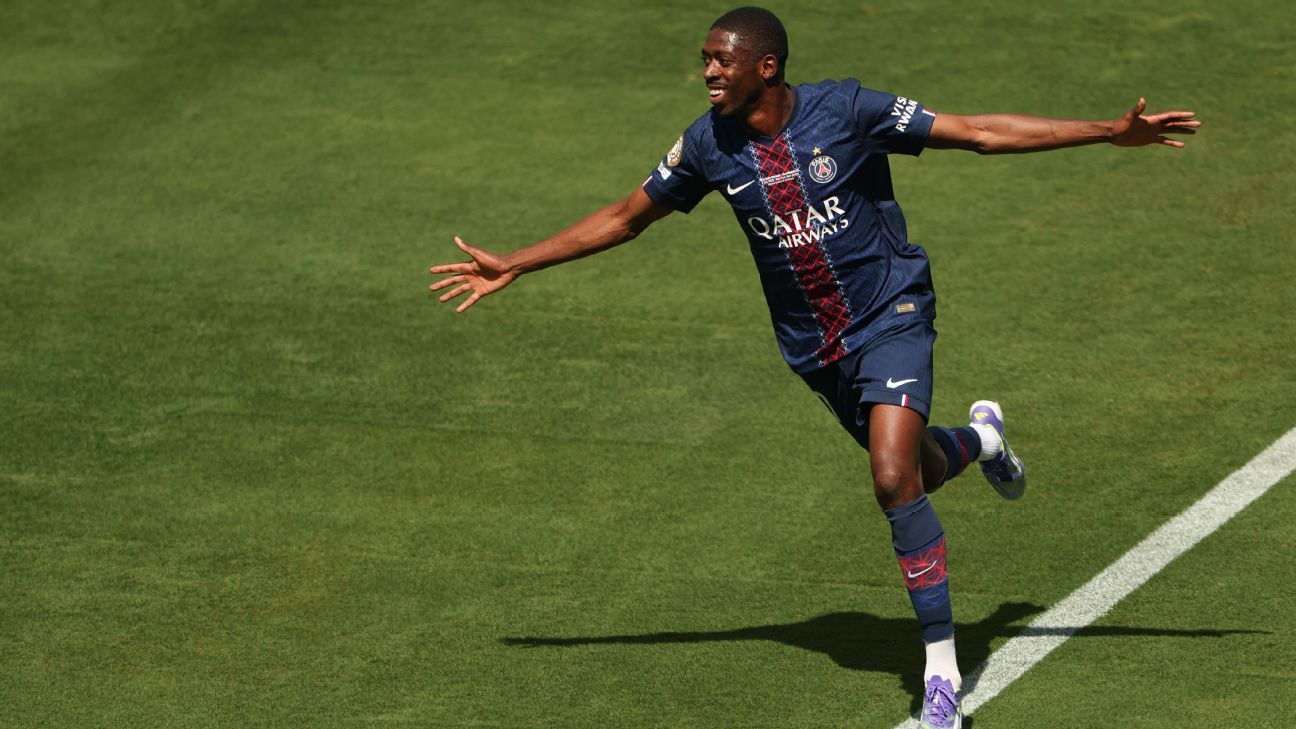The automated ball-strike system is coming to the All-Star Game next week in Atlanta.
MLB officials added the feature to the annual exhibition game knowing it could be a precursor to becoming a permanent part of the major leagues as soon as next year.
The same process used this past spring training will be used for the Midsummer Classic: Each team will be given two challenges with the ability to retain them if successful. Only a pitcher, catcher or hitter can ask for a challenge and it has to happen almost immediately after the pitch. The player will tap his hat or helmet indicating to the umpire he wants to challenge while any help from the dugout or other players on the field is not allowed.
MLB officials say 72% of fans who were polled during spring training said the impact of ABS on their experience at the game was a “positive” one. Sixty-nine percent said they’d like it part of the game moving forward. Just 10% expressed negativity toward it.
MLB’s competition committee will meet later this summer to determine if ABS will be instituted next season after the league tested the robotic system throughout the minor leagues and spring training in recent years. Like almost any rule change, there were mixed reviews from players about using ABS but nearly all parties agree on one point: They prefer a challenge system as opposed to the technology calling every pitch.
As was the case in spring training, once a review is initiated, an animated replay of the pitch will be shown on the scoreboard and the home plate umpire will either uphold the call or overturn it. ABS uses Hawk-Eye system technology which tracks the pitch trajectory and location in relation to the strike zone, providing an instant assessment which can be relayed to the home plate umpire.
The system utilizes T-Mobile’s 5G network, which is a sponsor of the 2025 Home Run Derby on ESPN. The All-Star Game will be played at Truist Park in Atlanta on Tuesday.







